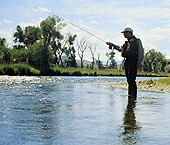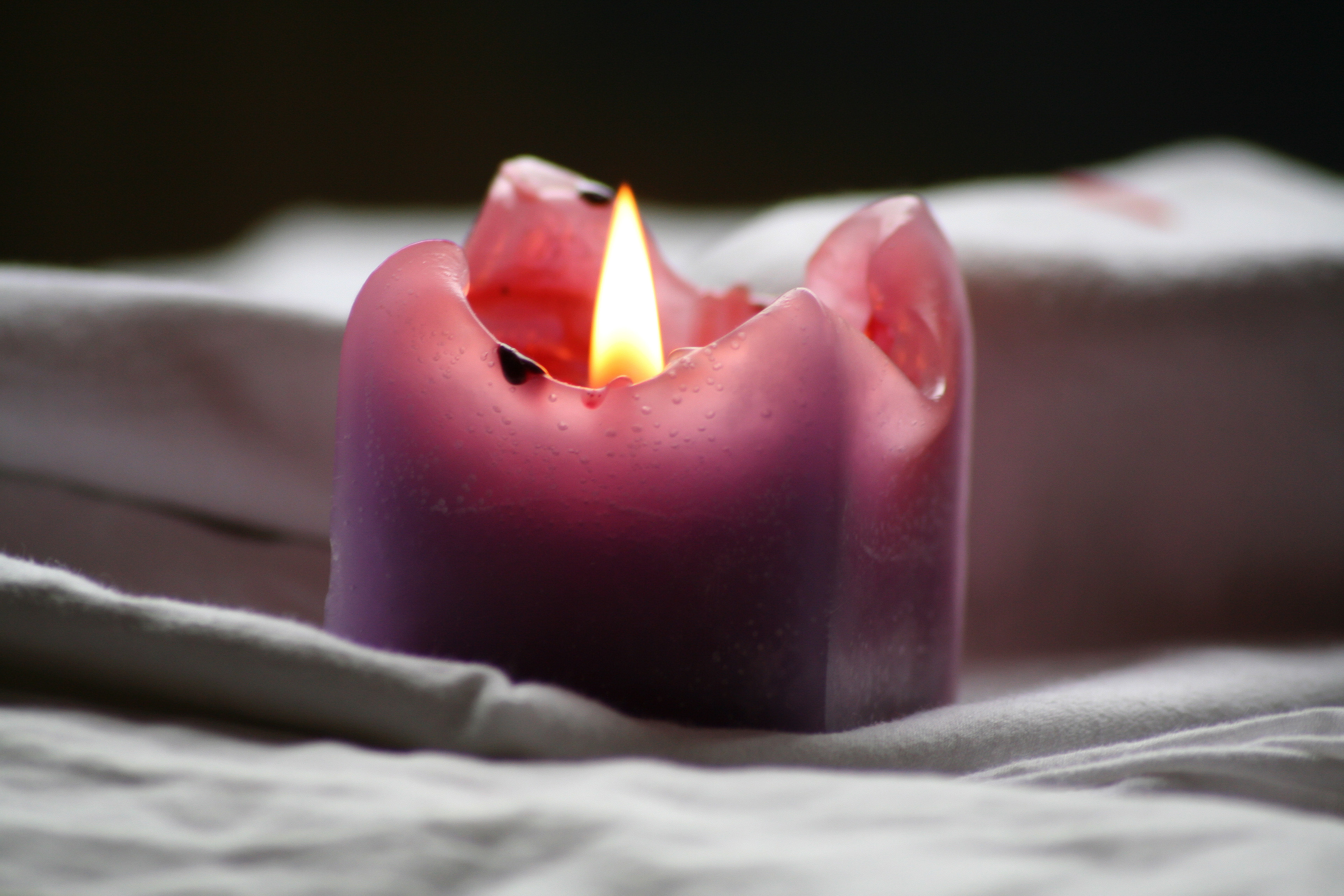
MONDAY, Feb. 4 (HealthDay News) — Increasing amounts of an antibacterial agent that’s widely used in soaps and other consumer products are present in several Minnesota lakes, according to a new study.
The findings are directly linked to growing use of the agent, called triclosan, over the past few decades, according to researchers from the University of Minnesota.
Triclosan was introduced into the market in the early 1970s and is added to a wide range of consumer products, including soap, body washes, toothpaste, cosmetics, clothing, dishwashing liquid and kitchenware.
The researchers also found increasing amounts of other chemicals, known as chlorinated triclosan derivatives, in the lakes they tested. These chemicals form when triclosan is exposed to chlorine during wastewater treatment.
When exposed to sunlight, triclosan and its chlorinated derivatives form dioxins, which have potentially toxic effects in the environment.
The study appeared online Jan. 15 in the journal Environmental Science and Technology.
“It’s important for people to know that what they use in their house every day can have an impact in the environment far beyond their home,” study lead author William Arnold, a professor of civil engineering, said in a university news release. “Consumers need to know that they may be using products with triclosan. People should read product labels to understand what they are buying.”
The study’s findings can also help chemical manufacturers understand some of triclosan’s potential long-term effects on the environment, Arnold added.
More information
The U.S. Food and Drug Administration has more about triclosan.

